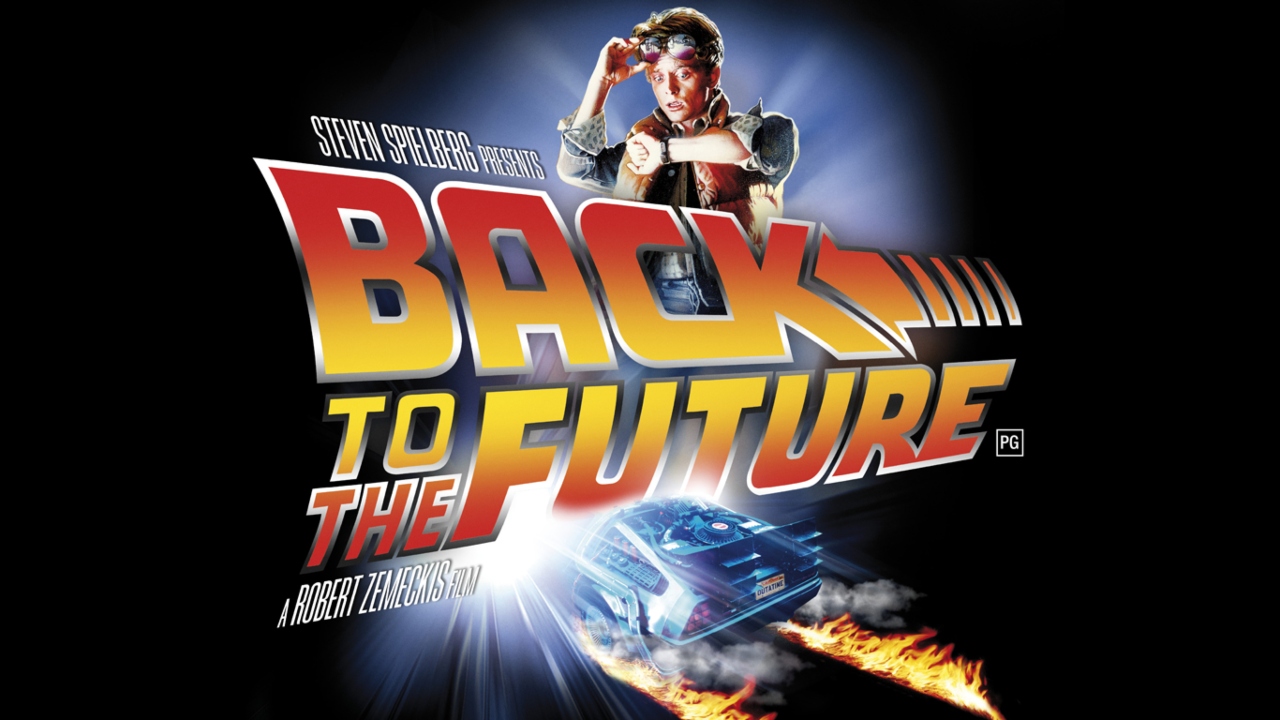Yesterday marked the 38th anniversary of the release of the beloved 1980s film, “Back to the Future” starring Michael J. Fox.
Happy 38th Anniversary To Back To The Future
Behind the scenes, the story of this iconic movie is as fascinating as the time-travel adventure it portrays.
Against all odds and numerous rejections, director Robert Zemeckis and writer Bob Gale brought their vision to life, creating a cinematic masterpiece that stands the test of time.
The Persistence and Creativity Behind the Creation
Zemeckis and Gale’s Journey from Film School to Hollywood
Robert Zemeckis and Bob Gale’s collaboration began during their time at USC film school. By the early 1980s, the duo had already worked on two movies but were in search of a breakthrough hit.
It was during a casual exploration of Gale’s father’s high school yearbook that the idea for a time travel tale took root.
Excited about the concept, they pitched it to Columbia Pictures but faced rejection.
The Unyielding Pursuit of a Production Deal
Undeterred, Zemeckis and Gale turned to legendary filmmaker Steven Spielberg, who recognized the potential of their script. Spielberg’s production company, Amblin Entertainment, expressed interest in producing the film.
However, determined to prove themselves independently, Zemeckis and Gale explored opportunities with multiple studios in Hollywood.
Despite facing rejection from Columbia, Universal, and Disney, they refused to give up on their time-traveling adventure.
From Setbacks to Success – The Redemption
While struggling to sell the script, Zemeckis found success directing “Romancing the Stone.” Suddenly, the demand for “Back to the Future” surged.
Returning to Spielberg, the filmmakers struck a distribution deal with Universal, reaffirming their belief in the project.
The pieces were finally falling into place, but the challenges were far from over.
Casting Challenges and Memorable Performances
The Quest for Marty McFly
Zemeckis had initially envisioned Michael J. Fox for the role of Marty McFly, but Fox’s commitment to the sitcom “Family Ties” posed a scheduling conflict.
Forced to explore other options, actors like Johnny Depp, John Cusack, Charlie Sheen, and Ben Stiller auditioned for the part.
Ultimately, Eric Stoltz was cast as Marty and filming commenced. After six weeks, it became clear that Stoltz’s portrayal wasn’t delivering the desired comedic impact.
A Fortuitous Second Chance and Iconic Performances
Recognizing the need for a change, Zemeckis made the difficult decision to replace Stoltz. This marked a pivotal moment in the film’s production, as Michael J. Fox was finally released from his commitments to “Family Ties” and enthusiastically took on the role of Marty McFly.
With Fox’s infectious energy and charisma, the chemistry among the cast began to shine.
Christopher Lloyd joined the ensemble as the eccentric Doc Emmett Brown and Crispin Glover’s unique portrayal of George McFly added depth to the story.
Unforgettable Characters and Quirky Behind-the-Scenes Stories
The casting process also brought together talented actors like Lea Thompson, who transformed seamlessly into both young and middle-aged versions of Lorraine Baines/McFly.
Thomas F. Wilson’s portrayal of the memorable antagonist, Biff Tannen, left an indelible mark on audiences.
Meanwhile, the peculiarities of the production extended beyond the screen, with anecdotes of Crispin Glover’s unconventional lifestyle and the cast’s pranks on Michael J. Fox.
Creativity, Vision, and Unforgettable Moments
Script Changes and Ingenious Concepts
The development of “Back to the Future” involved numerous script iterations. Originally, Marty’s surname was McDermott, and the climax was set at a nuclear test site in Nevada.
However, these elements evolved over time to create the iconic movie we know today.
Doc Brown’s pet chimp was replaced by a dog, Einstein, and the time machine transitioned from a room to the famous DeLorean car.
Iconic Visuals and Captivating Music
Collaborating with director of photography Dean Cundey, Zemeckis crafted visually stunning scenes that remain etched in our memories.
The DeLorean’s time-travel sequences, brought to life by Industrial Light & Magic (ILM), captured the imagination of audiences worldwide.
The film’s musical score, composed by Alan Silvestri, was elevated by the addition of Huey Lewis and the News hit song “The Power of Love,” becoming an anthem synonymous with the film’s spirit.
Unforeseen Challenges and Triumphant Reception
Throughout the production, the team faced unforeseen obstacles, including disagreements over the film’s ending and tensions between Glover and Zemeckis.
Nevertheless, “Back to the Future” persevered and, upon its release, became an instant sensation.
Garnering critical acclaim and achieving commercial success, the film resonated with audiences, propelling Michael J. Fox to stardom and cementing its status as a timeless classic.
The Time Traveling Blockbuster Lives On
“Back to the Future” defied the odds, overcoming rejection and creative challenges to become a cultural phenomenon.
The perseverance of Robert Zemeckis, Bob Gale, and the entire cast and crew brought their vision to life, captivating audiences with a thrilling time-travel adventure.
Today, 38 years after its release, the film continues to inspire new generations, reminding us that with determination, creativity, and a touch of serendipity, anything is possible. “Back to the Future” remains a testament to the magic of cinema and the power of storytelling.
Get the news you need at It’s On News


